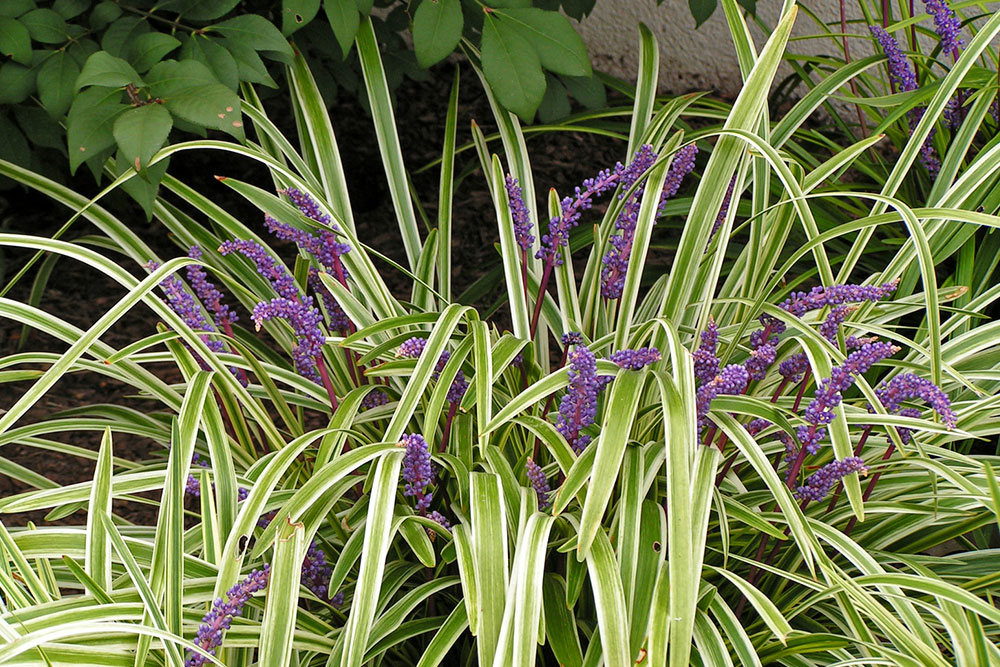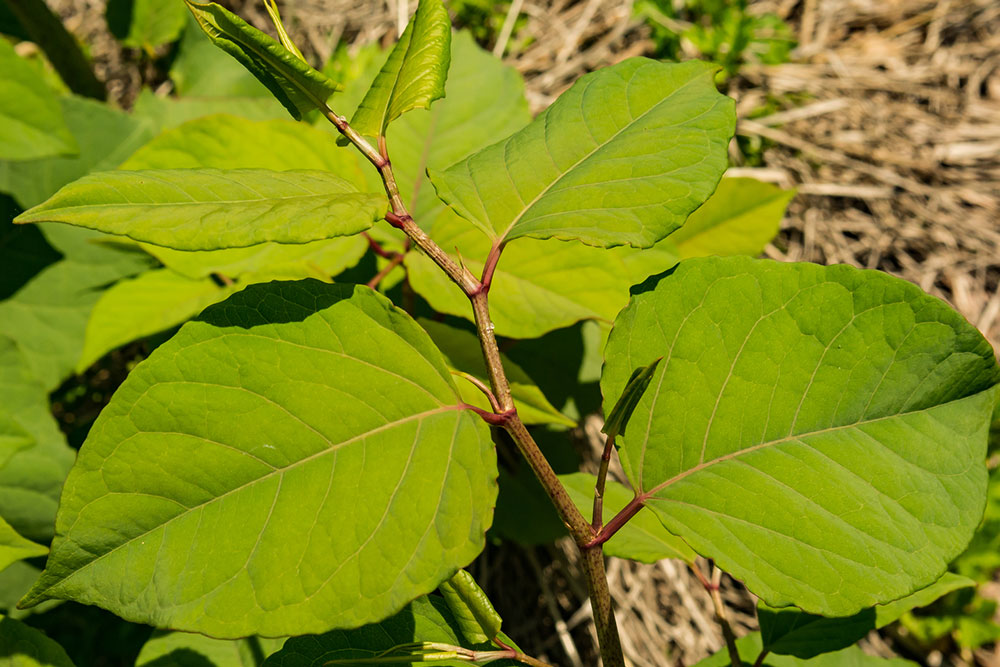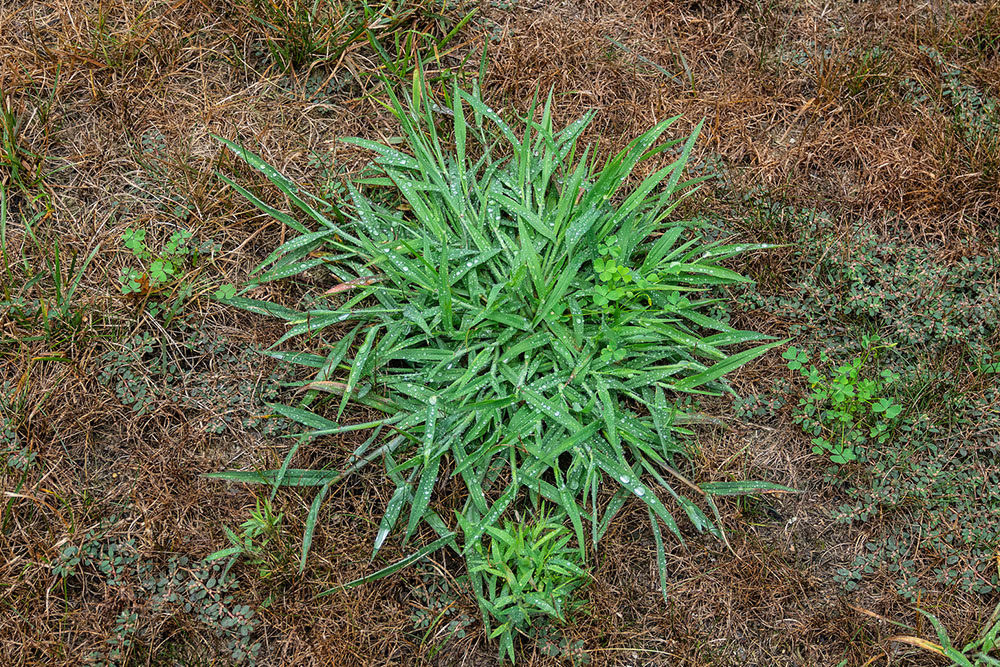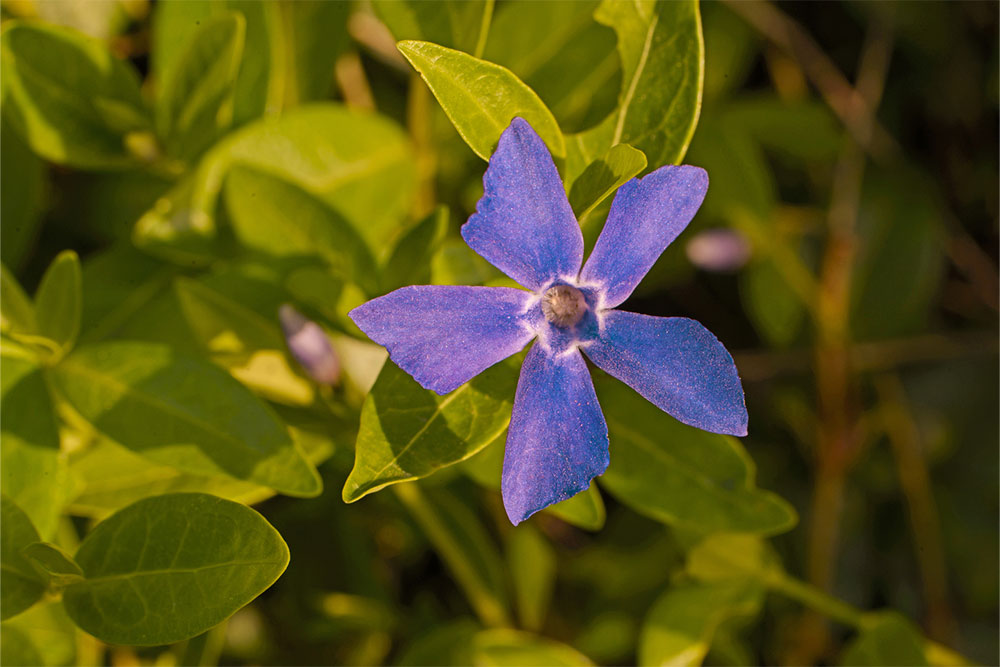Effective Strategies for Eliminating Pampas Grass Quickly
Discover seven effective and environmentally friendly methods to eliminate invasive pampas grass from your yard. From manual removal and herbicide application to soil solarization and professional services, these tips will help you restore your landscape quickly and efficiently, preventing regrowth and protecting native plants.
Sponsored
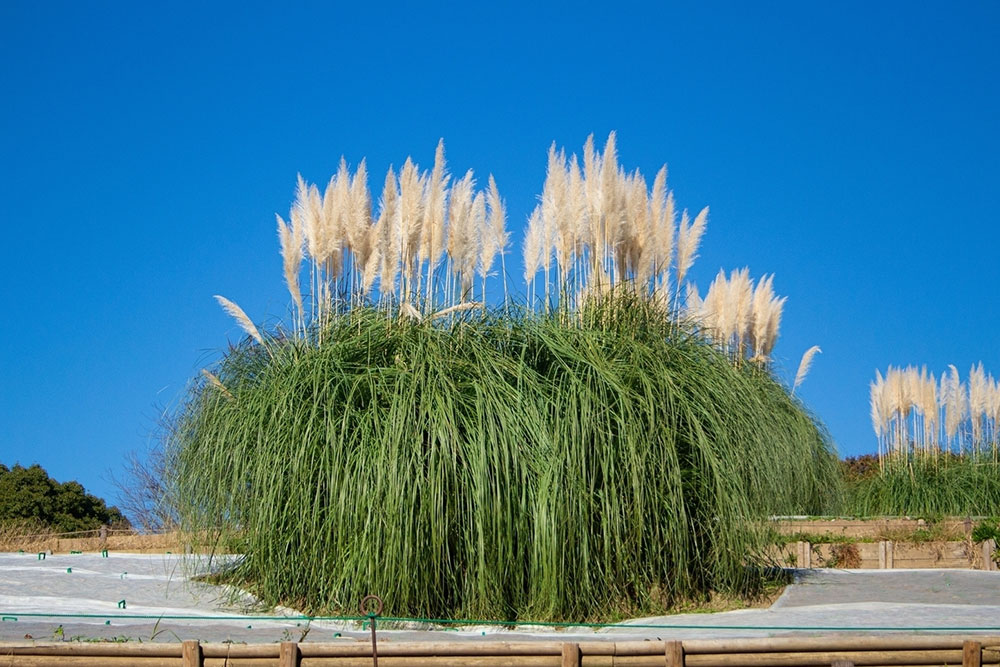
Pampas grass, characterized by its tall, feathery seed plumes, can become problematic in residential landscapes. Recognized as invasive in certain regions, it threatens local ecosystems and disrupts biodiversity. It tends to overshadow nearby plants, block sunlight, and spread rapidly if unchecked. Here are seven practical methods to eradicate pampas grass efficiently and with minimal effort.
Trim and Remove Seed Heads
Prevent seed dispersal by trimming the flower heads before they mature. Use pruning shears to cut each seed head at the stem’s base, then dispose of the debris securely to prevent reseeding. Wear protective gear such as gloves and safety glasses during this process to avoid injuries, as the shears and seeds can be sharp.
Applying herbicides is one of the fastest ways to control pampas grass. After cutting down large clumps, treat remaining areas with post-emergent herbicides like glyphosate. This method causes the roots to absorb chemicals, leading to gradual decline. Take care to shield surrounding plants using tarps or cardboard, especially on windy days. Always follow the herbicide label instructions for safe application.
Using sheet mulching, cover affected areas with large, tape-free cardboard sheets, then top with mulch. This technique retains moisture, suppresses weeds, and promotes soil health as the cardboard decomposes. Clear and trim the plants beforehand, water the soil generously, and leave the mulch in place for about a year to ensure complete eradication. The soil will become fertile and free from pampas grass, ready for new planting.
Young or smaller pampas grass plants, typically under three feet, can often be removed manually. Wait for after a rainfall to soften the soil and make pulling easier. Grasp the base firmly and pull sharply to extract the entire root system, preventing regrowth. Be cautious to preserve the root crown intact to avoid leaving behind viable roots that can sprout anew.
Soil solarization involves covering the pampas grass with a clear plastic tarp during peak summer heat, trapping solar energy underneath. This environmentally friendly method heats the soil to a temperature that kills weed roots. Ensure the tarp fully covers the area and is anchored securely with weights. Remove the plants close to the roots before covering for optimal results, and leave the tarp in place for up to three months.
Digging out pampas grass is a traditional and effective approach. Cut larger clumps at ground level and then loosen the soil using tools like a pickaxe, spade, or pointed shovel. Extract the roots carefully, ensuring all parts are removed to prevent regrowth. Fill the resulting holes with soil or plan new plants to discourage further pampas grass growth.
For persistent or extensive infestations, hiring a professional is advisable. Experts have access to specialized equipment and chemicals, along with the expertise to handle deep-rooted invasions. They can assess the situation thoroughly and develop a tailored removal plan. Consult neighborhood groups, garden centers, or friends for recommended lawn care services. Professional removal often includes guarantees for complete eradication.


